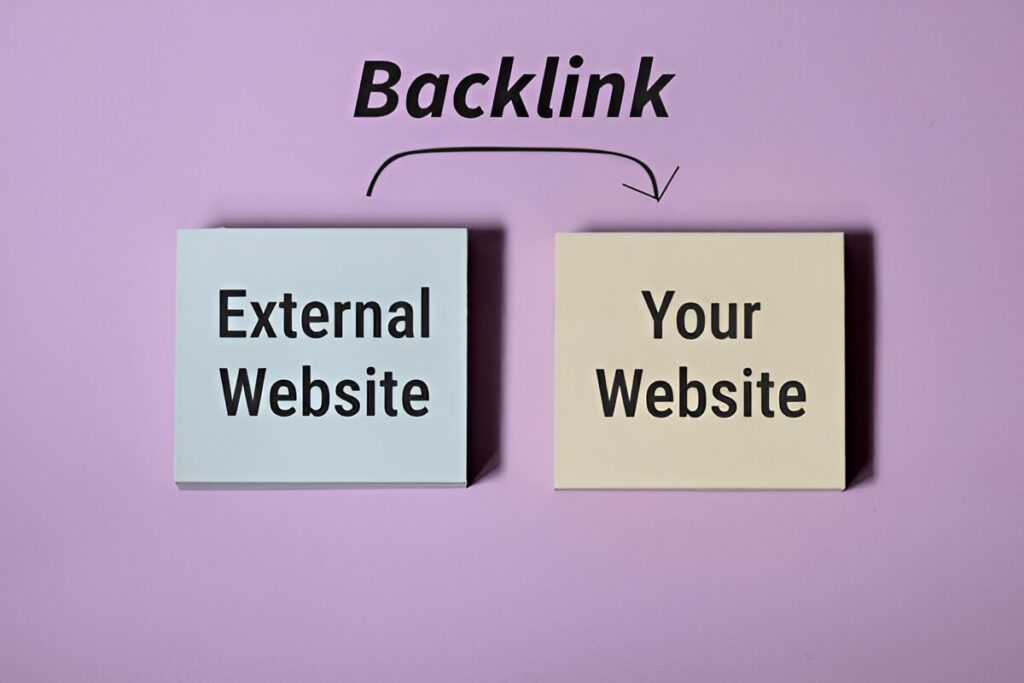Ranking at the top of Google’s search results is the ultimate goal for businesses looking to drive organic traffic and boost sales. However, the process of achieving this feat often seems shrouded in mystery, with countless SEO gurus touting complex strategies and hacks. The truth is ranking number one on Google doesn’t require supernatural powers—it’s about creating content that resonates with both humans and search engine algorithms. In this article, we’ll break down the key steps to mastering ecommerce SEO, “How to Rank No. 1 on Google: Ecommerce SEO Secrets” and provide actionable insights to help you dominate search engine rankings.
Why Ranking Number One Matters
Before diving into the strategies, it’s important to understand why ranking at the top of Google is so crucial for ecommerce businesses:
- High Intent Traffic: When users search for products, they’re often ready to buy. Ranking first increases the likelihood of capturing this intent-driven traffic.
- Credibility and Trust: Websites that appear at the top of search results are perceived as more authoritative and trustworthy.
- Cost-Effective Marketing: Organic traffic is free, unlike paid ads, making SEO a sustainable long-term strategy.
- Competitive Edge: Outranking competitors can significantly boost your market share and revenue.
By focusing on keyword research, site structure, on-page SEO, and backlinks, you can position your ecommerce store for success.
Step 1: Conducting Keyword Research

Keyword research is the foundation of any successful SEO strategy. It involves identifying the terms and phrases your target audience uses when searching for products like yours. Here’s how to get started:
Leverage Auto-Complete Features
- Use Google and Amazon’s auto-complete features to discover popular search terms. For example, typing “best pen” into Google will reveal related queries like “best pen for writing” or “best pen for journaling.”
- Compile these keywords into a spreadsheet for further analysis.
Analyze Competitors
- Examine the top-ranking websites for your target keywords. For instance, if you search for “best pen for writing,” you’ll likely find trusted review sites like Wirecutter and retailers like JetPens dominating the results.
- Study their content to understand what makes them successful and identify gaps you can fill.
Focus on Long-Tail Keywords
- Long-tail keywords (phrases with four or more words) often have higher purchasing intent. For example, “best pen for new junior associates at law firms” is more specific and likely to convert than a generic term like “fountain pen.”
Tools for Keyword Research
- While Google and Amazon are great starting points, advanced tools like Ahrefs, SEMrush, and Google Keyword Planner can provide deeper insights into search volume, competition, and trends.
Step 2: Planning Your Site Architecture

A well-structured website is essential for both user experience and SEO. Search engines rely on your site’s architecture to understand its content and relevance. Here’s how to optimize it:
Keep Pages Accessible
- Ensure every page on your site is just a few clicks away from the homepage. Confusing navigation can frustrate users and hurt your rankings.
Avoid Thin and Duplicate Content
- Thin Content: Pages with minimal text make it difficult for search engines to determine their relevance. Ensure each page has sufficient, high-quality content.
- Duplicate Content: Copying product descriptions or other content from your own site or competitors can lead to penalties. Always create original, descriptive copy.
Use Descriptive URLs and Headings
- Incorporate keywords into your URLs, product names, and headings to help search engines understand your content.
Step 3: Optimizing On-Page SEO and Content Creation

On-page SEO involves optimizing individual pages to improve their search engine rankings. For ecommerce sites, the focus should be on product pages and category pages.
Craft Compelling Product Descriptions
- Write detailed, human-centric descriptions that tell a story about your product. For example, instead of simply listing features, explain how the product solves a problem or enhances the user’s life.
- Naturally incorporate keywords without overstuffing. For instance, a description for a floral-designed pen could mention its suitability for “creative writing sessions in the garden.”
Internal Linking
- Link related products within your descriptions to keep users engaged and encourage them to explore your site. For example, a pen description could link to a matching notebook or planner.
Blogging for SEO
- Regularly publish high-quality blog posts that address your audience’s pain points and interests. For example, a pen retailer could write articles like “Top 10 Pens for Bullet Journaling” or “How to Choose the Perfect Pen for Your Writing Style.”
- Use blog posts to capitalize on trends and link to relevant product pages.
Step 4: Building Backlinks

Backlinks, or links from other websites to yours, are a key ranking factor. They signal to search engines that your site is authoritative and trustworthy.
Create Share-Worthy Content
- Publish content that other websites will want to link to, such as informative guides, infographics, or entertaining product descriptions.
Collaborate with Others
- Write guest posts for reputable blogs in your niche and include links to your site.
- Partner with complementary businesses to cross-promote each other’s products. For example, a pen retailer could collaborate with a stationery brand.
Monitor and Improve
- Use tools like Ahrefs or Moz to track your backlinks and identify opportunities for improvement.
Common Ecommerce SEO Mistakes to Avoid
- Keyword Stuffing: Overloading your content with keywords can lead to penalties. Focus on natural, human-centric writing.
- Ignoring Mobile Optimization: With most users shopping on mobile devices, a mobile-friendly site is non-negotiable.
- Neglecting Technical SEO: Broken links, slow loading times, and crawl errors can harm your rankings.
- Failing to Update Content: SEO is an ongoing process. Regularly update your content to stay relevant.
Tools and Resources for Ecommerce SEO
To streamline your efforts, leverage the following tools:
- Keyword Research: Google Keyword Planner, Ahrefs, SEMrush
- Technical SEO: Screaming Frog, Google Search Console
- Content Creation: Grammarly, Hemingway Editor
- Analytics: Google Analytics, Hotjar
Conclusion
Ranking number one on Google is not an overnight achievement, but with the right strategies, it’s entirely within reach. By focusing on keyword research, site architecture, on-page SEO, and backlinks, you can create a strong foundation for organic growth. “How to Rank No. 1 on Google: Ecommerce SEO Secrets” provide a clear roadmap for ecommerce businesses to dominate search engine rankings and drive sustainable traffic.
Remember, SEO is a long-term investment. Continuously monitor your performance, adapt to changes, and prioritize your customers’ needs to stay ahead of the competition. With dedication and the right approach, your ecommerce store can climb to the top of Google and achieve long-term success.




